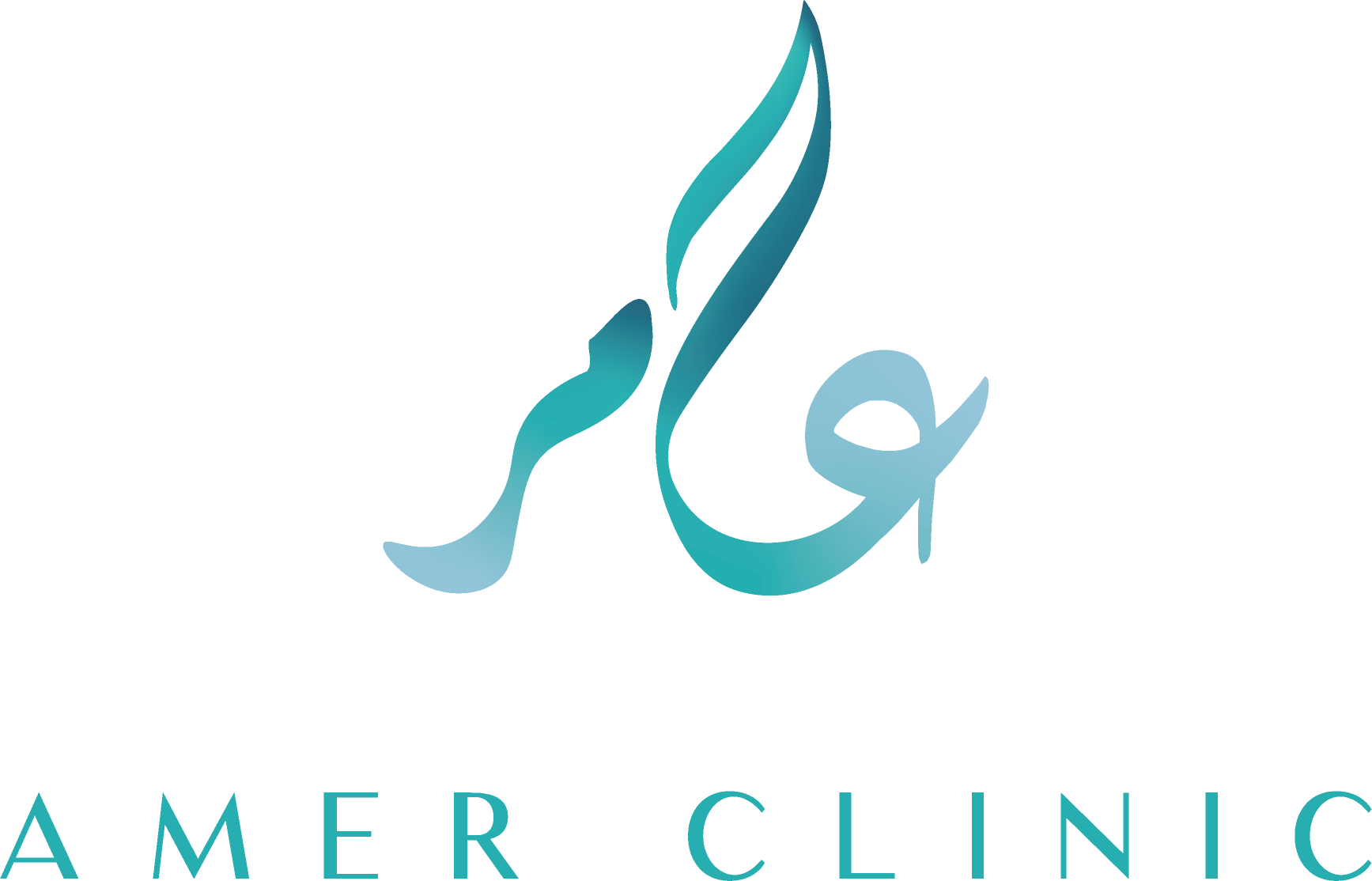Facial Nerve Palsy: A Comprehensive Understanding of a Complex Condition and Its Impact on Life
The facial nerve, also known as the seventh cranial nerve, is a vital nerve that controls the movements of various facial muscles. When this nerve becomes paralyzed, the condition is known as facial nerve palsy. This is a complex condition that extends beyond physical symptoms to profoundly affect an individual’s psychological and social well-being. This paralysis causes a noticeable facial disfigurement, which hinders a person’s ability to communicate effectively and often leads to social isolation and a preference for solitude. This, in turn, impacts professional life and impedes personal progress.
Causes of Facial Nerve Palsy: A Wide Spectrum of Etiologies
The causes of facial nerve palsy cannot be limited to a single list; they are diverse and varied. Some common causes include, but are not limited to:
- Tumors: Brain tumors can directly affect the facial nerve, or paralysis may occur as a side effect during their removal.
- Injuries: Skull base fractures, facial injuries, and deep wounds that result in a direct transection of the nerve are common causes.
- Surgeries: The nerve can be affected during certain surgeries in the facial area, most notably parotid gland removal surgery.
- Diseases and Inflammations: Not all cases of facial nerve palsy are due to direct nerve transection from tumors or injuries; the nerve can be damaged as a result of certain diseases or inflammations.
Bell’s Palsy: A Specific Condition Within a Broader Concept
Many mistakenly refer to all cases of facial paralysis as Bell’s palsy. In reality, Bell’s palsy is a specific type of facial paralysis that occurs without an accident, surgery, or direct nerve injury. Bell’s palsy can affect individuals of all ages, both men and women, and its incidence increases during pregnancy and when exposed to cold air currents. The incidence is also particularly higher in diabetic patients.
Signs and Symptoms of Facial Palsy: Impact on Vital Functions
The seventh nerve performs numerous functions in the face, the most important of which is controlling the movements of facial muscles. Damage to this nerve leads to paralysis of these muscles, which are divided into groups based on their location and function. Some are related to eye movement, some to mouth and smile movement, and others play a role in forehead movement.
Overall facial movement depends on the presence of an intact facial nerve and healthy muscles. If either is affected, facial movement is impacted either wholly or partially, depending on the degree and location of the injury.
Common Symptoms of Facial Palsy:
- Upper and Lower Lip: Facial nerve palsy leads to an inability to move the lips, resulting in many issues, most notably the inability to smile and the deviation of the mouth towards the unaffected side of the face. This significantly affects an individual’s ability to communicate and integrate into society, often leading to withdrawal and a preference for isolation over social interaction.
- Eye: Facial nerve palsy leads to an inability to close the eyelids, leaving the eye exposed for long periods. This causes dry eyes, especially during sleep, and recurrent infections, particularly when exposed to dust and dusty environments, as well as corneal ulcers. This can ultimately lead to permanent vision loss.
Individualized Facial Palsy Treatment at Amer Facial Palsy Center
The information provided here is merely an overview of treatment methods for facial nerve palsy. Under no circumstances can treatment methods be determined without consulting a specialized and experienced physician in treating these conditions.
To achieve the best results, the most suitable treatment methods must be chosen, as they vary from case to case depending on individual circumstances. The choice of treatment methods depends on many factors, most importantly the cause of facial palsy, the duration of the palsy, the patient’s age, and their general health condition.
At the Amer Facial Palsy Center, we believe in providing personalized and comprehensive care for each patient. We are committed to developing a customized treatment plan based on a thorough evaluation of each case, with the aim of restoring facial function and improving the quality of life for our patients.
